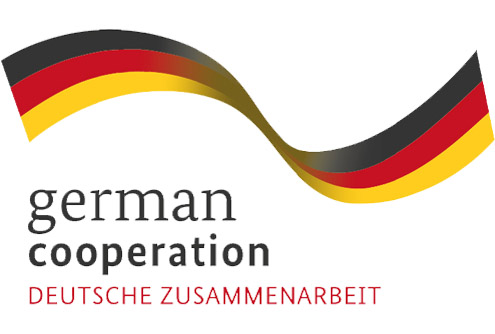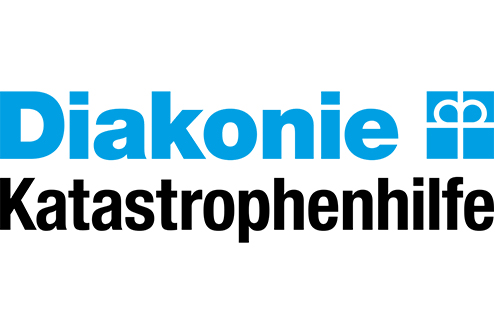Overview
Stage five of risk-informed development
This resource forms stage five of our Risk-Informed Development Guide, which provides a comprehensive stage-by-stage approach to working with communities most at risk.
Exploring what is happening in the wider society and trying to foresee the many different plausible futures from multiple emerging trends allows communities most at risk to shape their risk-informed development plans.
Horizon scanning and recognising mega-trends can help inform and capture new risk drivers and other external forces of change. It can also help capture the changing nature of the six major risk drivers in the context of a country, region or cities.
The findings of participatory contingency planning and its process allows for the preparation of plans for various scenarios of hazards. Strategic foresights help capture signals of change and mega-trends at a global level, and in particular detect trends with respect to the six primary risk drivers. Together these two techniques can vastly improve insights for adaptation and future proofing.
To achieve this stage – and start influencing development – engage with communities most at risk to:
- Draw out signals of change
- Identify external trends in the wider society
- Identify relevant global phenomena
- Examine the identified risk drivers and emerging drivers of change
It is an opportunity for communities to look at their immediate and long-term development priorities through the lens of these larger more global trends. Importantly, facilitating conversations that re-imagine visions and goals in alignment with a better view and understanding of multiple trends should take place.


